| TALES OF HEATH & POND |
VISITOR'S GUEST BOOK | HISTORY OF THE HEATH & POND | GUESTS' PHOTOGRAPHS | SOURCES OF INFORMATION | VIDEOS | SITE MAP |
Rats
Love them or loath them - they are part of the animal life around the pond.
To see a larger copy of each image click on it; to see the next large image click at the right of the image, to go back click on the left of the image. To close a large image click on the cross in the top right hand corner.
New photographs are usually added to the bottom of the page - click to go to the bottom of this page
2020 |
||
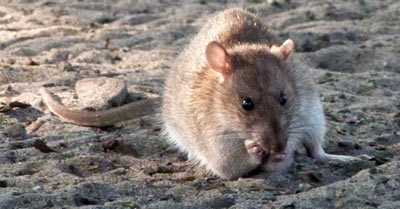 |
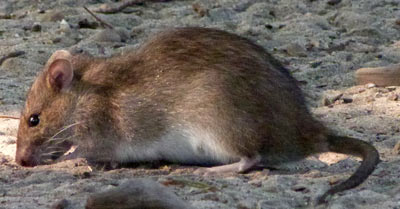 |
|
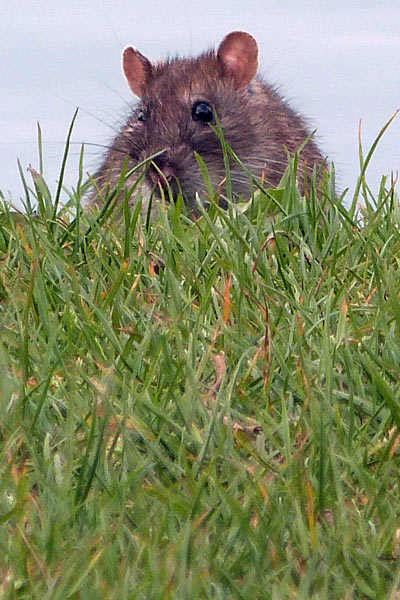 |

Rats are rodents that are widely distributed and common in Britain, occuring in the countryside and urban areas. They are highly adaptable and feed on a wide variety of foods. They can make their homes underground or in compost heaps, in buildings, greenhouses, sheds or drains. Rats are adaptable creatures that can eat a very wide range of foodstuffs. In gardens they will feed on sweet corn cobs, pumpkins and squash and various root vegetables, such as carrot, parsnip, beetroot and potato tubers. This feeding can occur while the crops are growing and when they are being stored. Harvested fruits, such as apples, can be similarly damaged. Seeds can also be consumed. Parallel grooves, where a rat's incisor teeth have bitten into the food material, are usually visible. Rat tunnels in the soil have an entrance diameter of 30-40mm. The pellets are cylindrical in shape with rounded ends and are about 15mm long and 5mm wide when fresh. Adult rats are about 21cm long with relatively hairless tails that add another 18cm to the animal's length. When feeding wildlife such as birds, do not let excess food build up - this will also help reduce the risk of spreading wildlife diseases. Rats can breed at a prolific rate, with females having up to five litters a year. The average litter has seven young but as many as 14 have been recorded. |
|
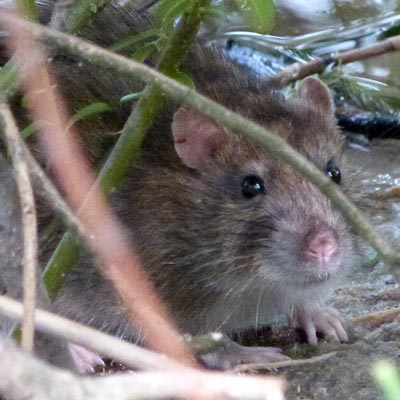 |
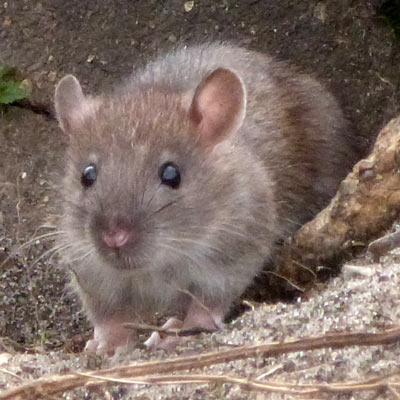 |
|
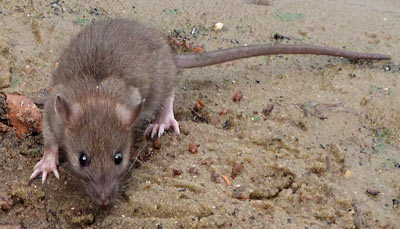 |
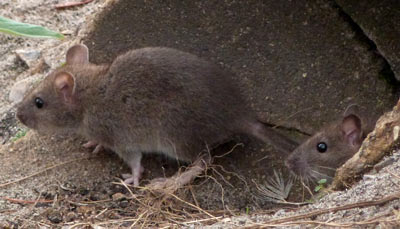 |
|
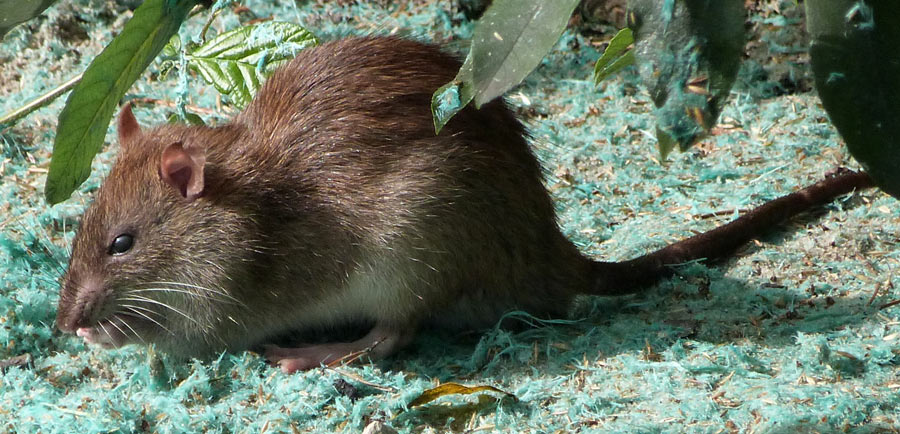 |
||
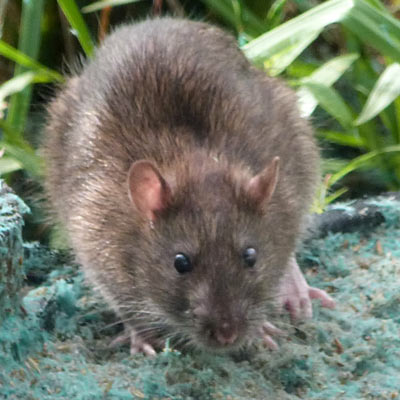 |
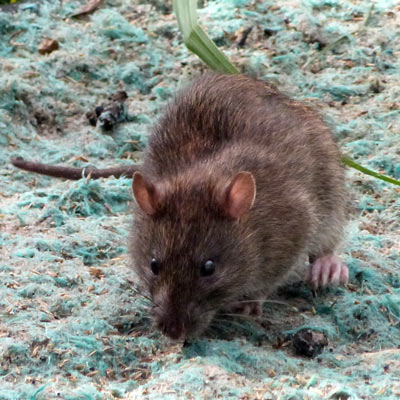 |
|
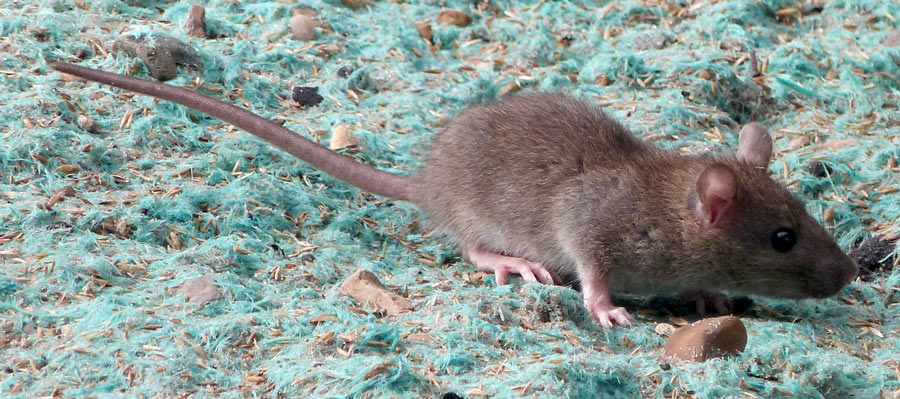 |
||
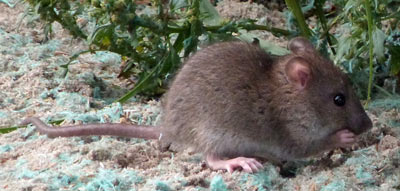 |
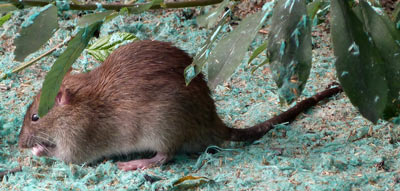 |
|
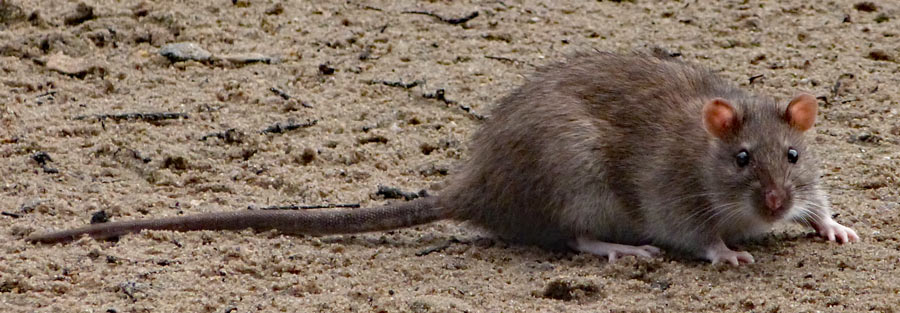 |
||
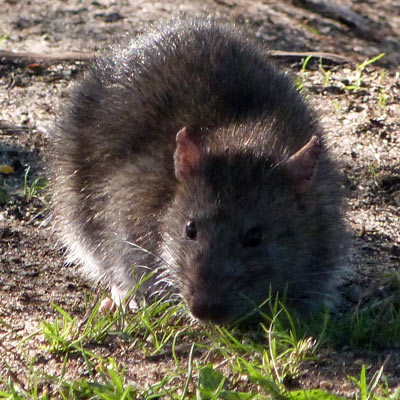 |
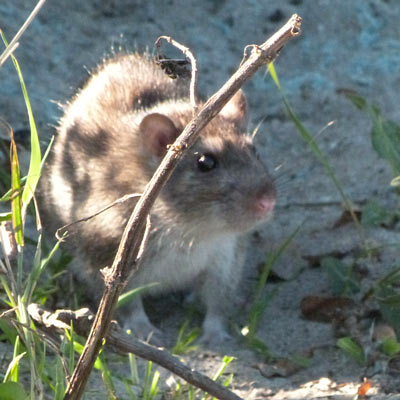 |
|
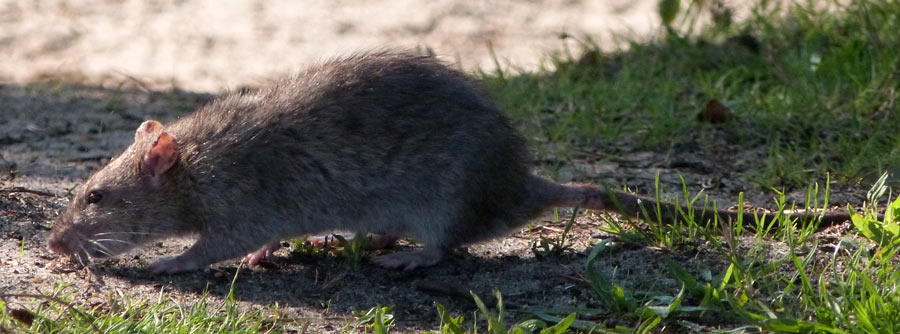 |
||
 |
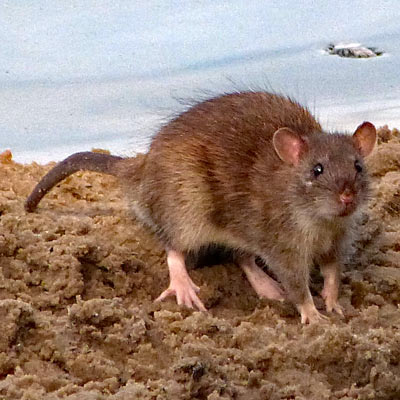 |
|
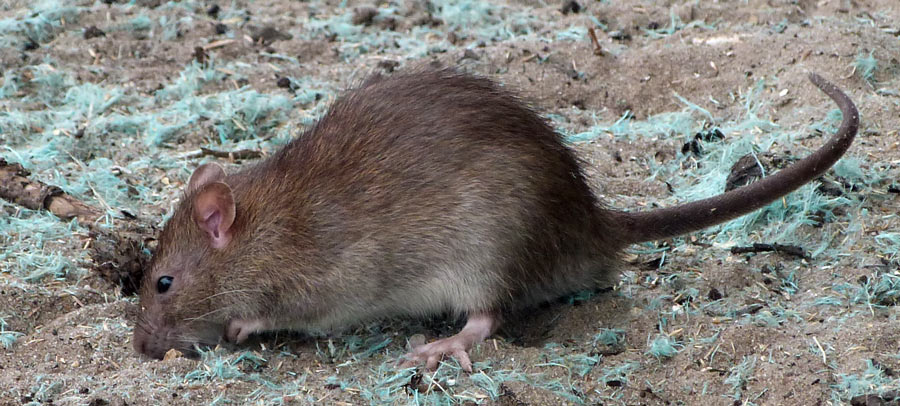 |
||
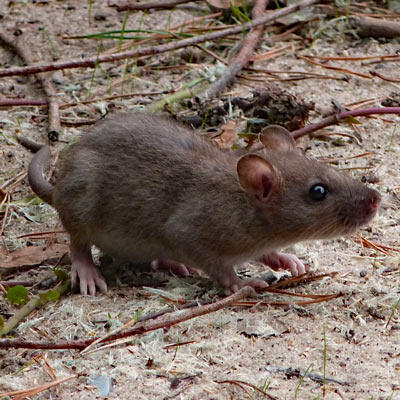 |
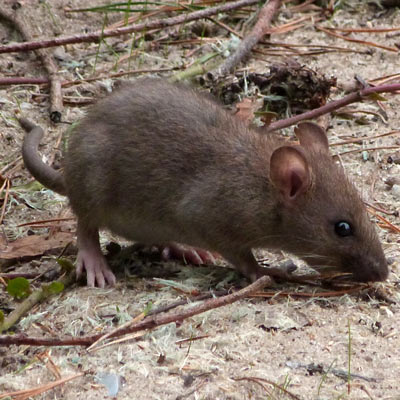 |
|
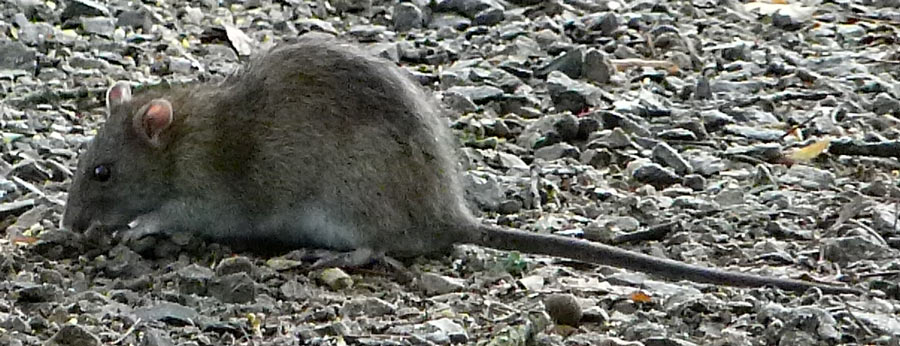 |
||
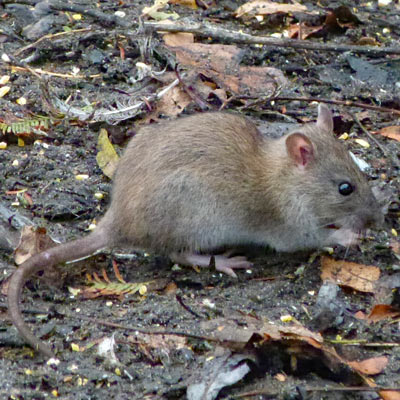 |
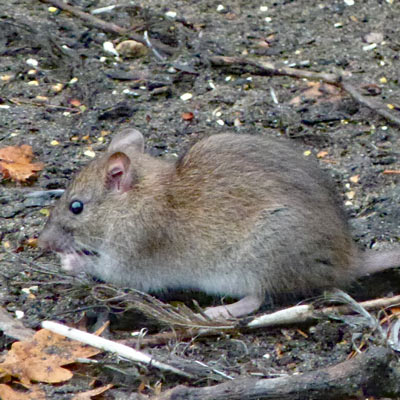 |
|
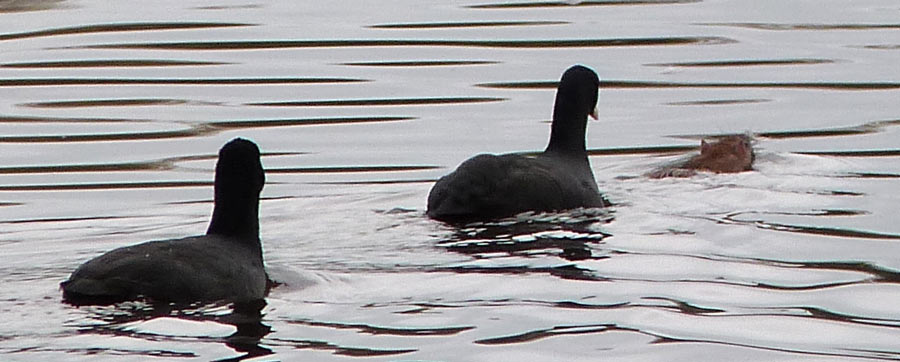 |
||
| We were amazed to watch a rat swim from the shore to the island, pursued by coots who pecked at it all the way! | ||
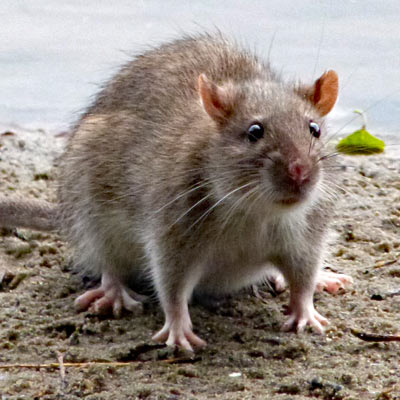 |
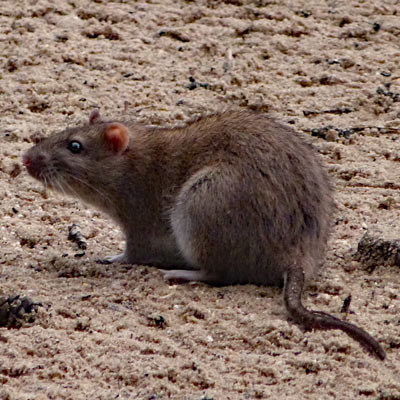 |
|
 |
||
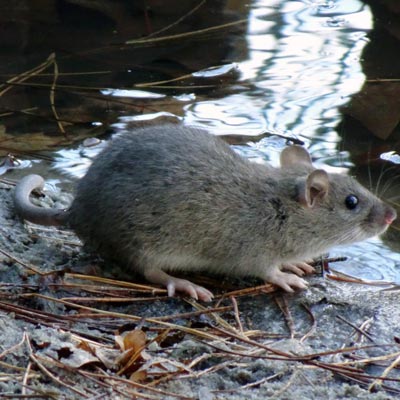 |
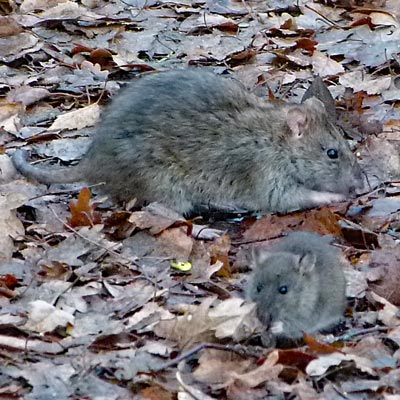 |
|
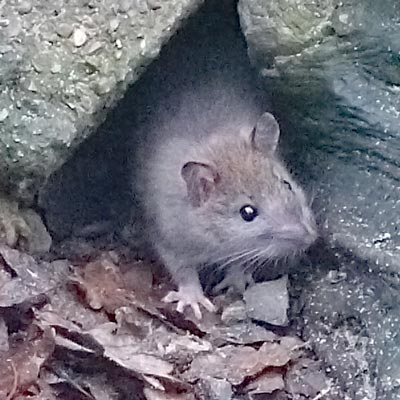 |
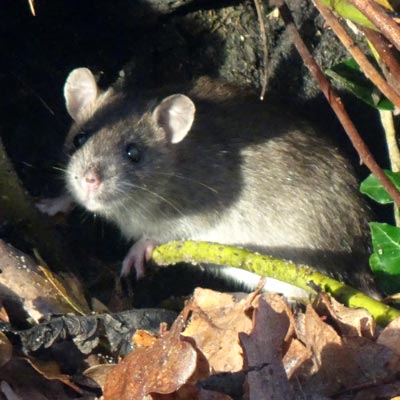 |
|
 |
||
| Under the approach to the pier - count them! | ||
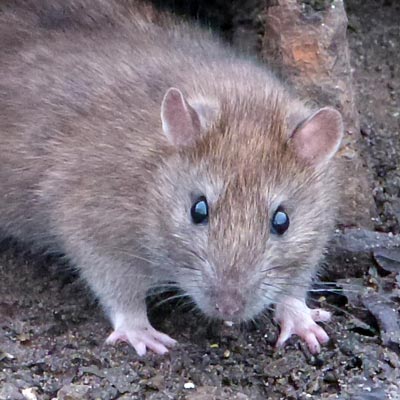 |
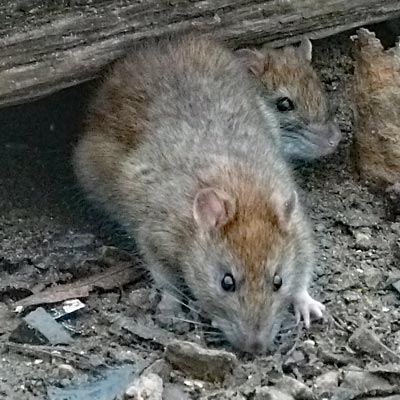 |
|
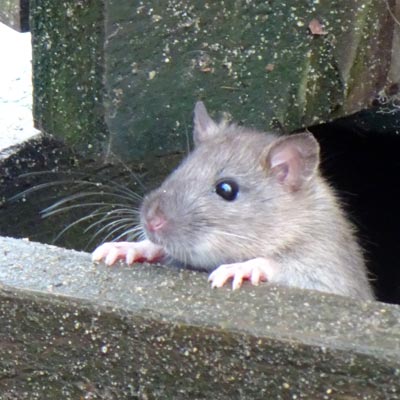 |
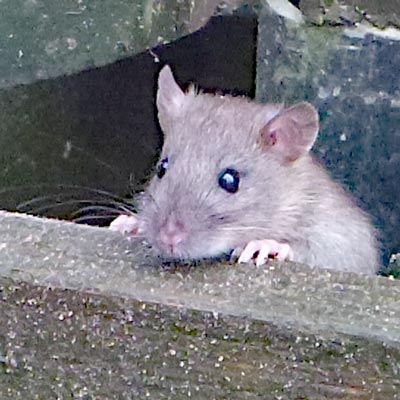 |
|
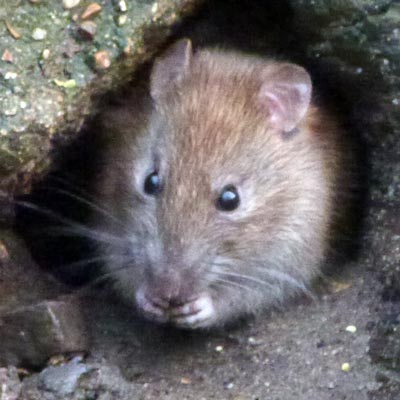 |
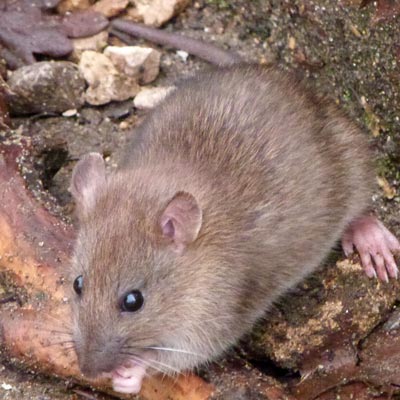 |
|
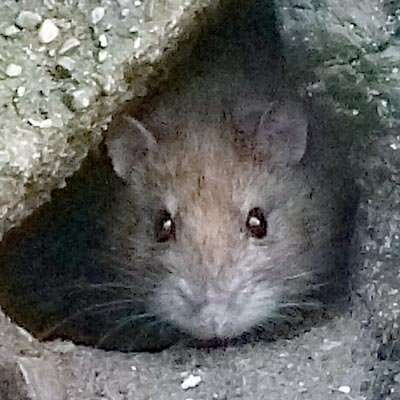 |
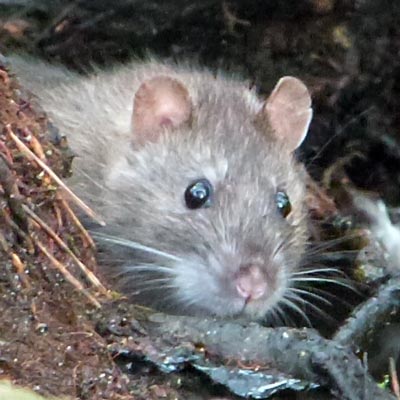 |
|
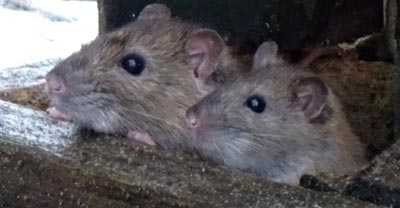 |
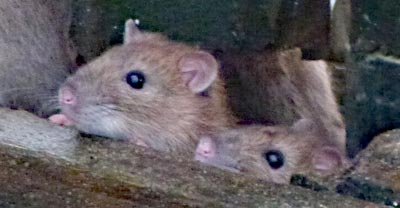 |
|
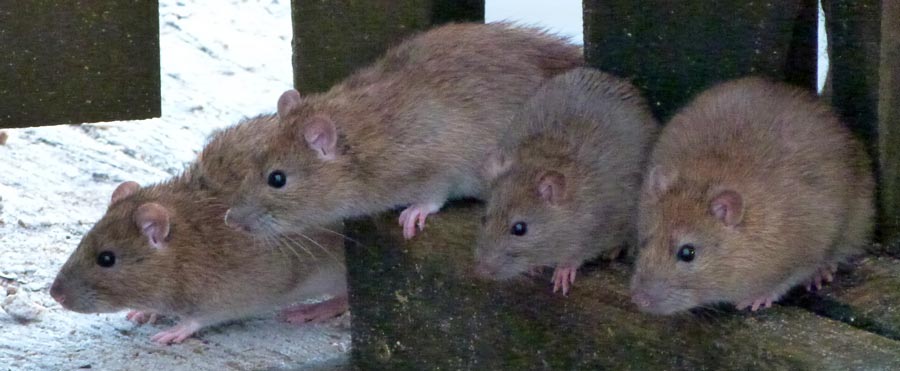 |
||
2021 |
||
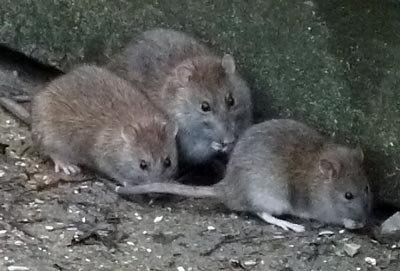 |
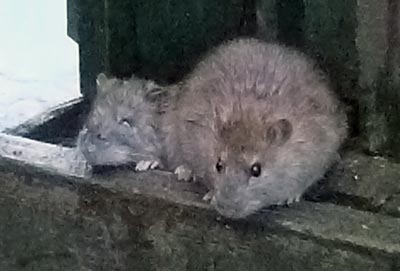 |
|
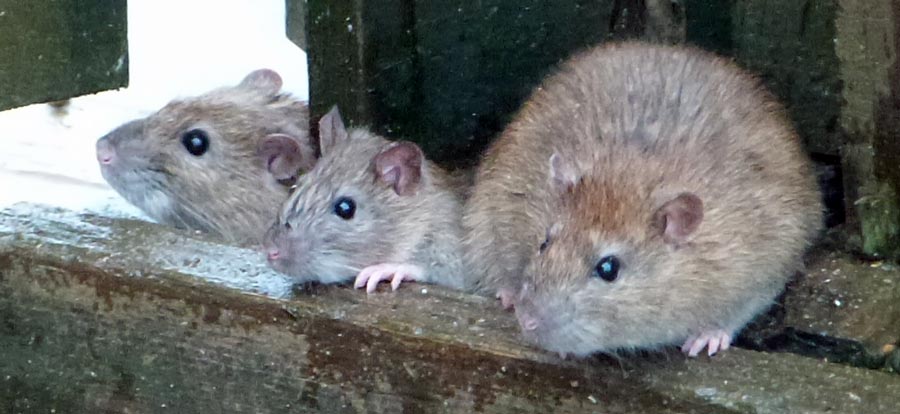 |
||
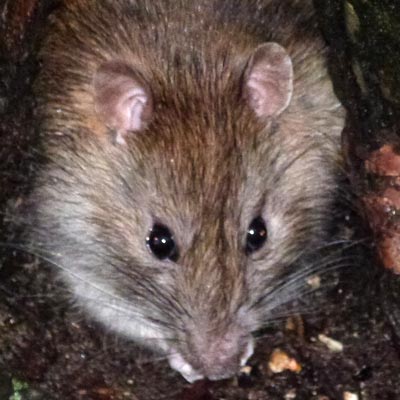 |
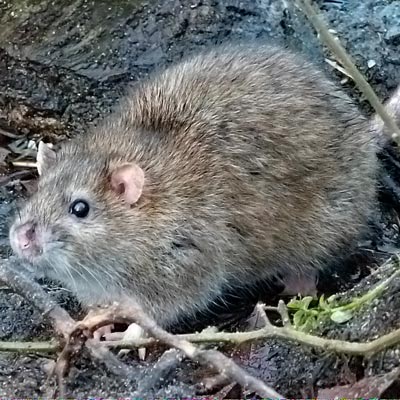 |
|
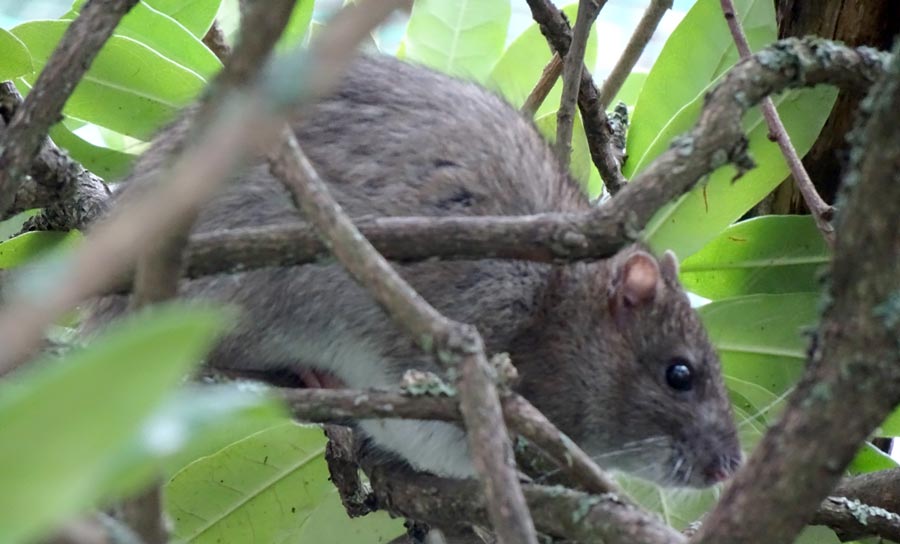 |
||
| We have seen rats jump in the water and swim and climb trees! | ||
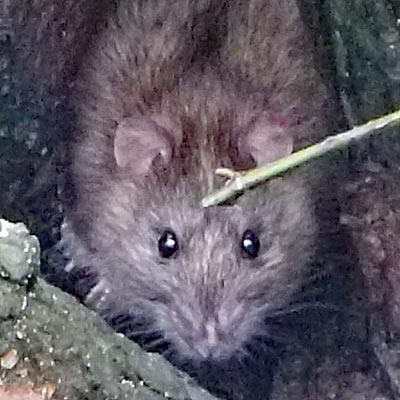 |
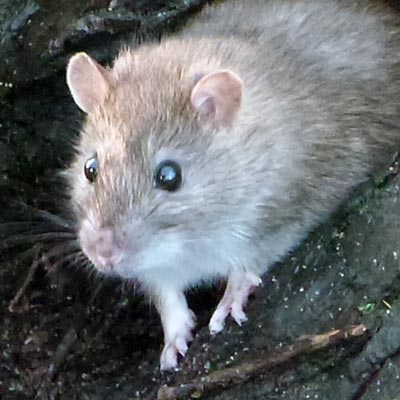 |
|
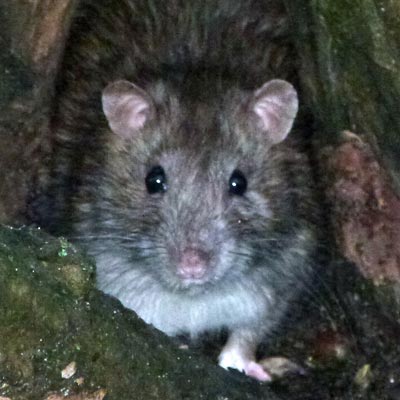 |
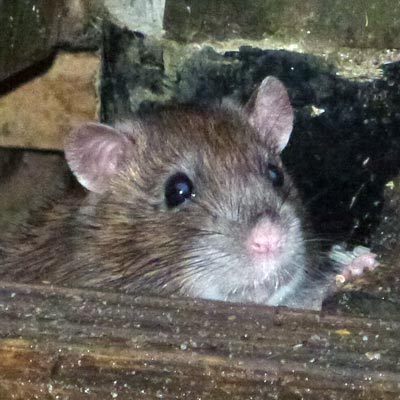 |
|
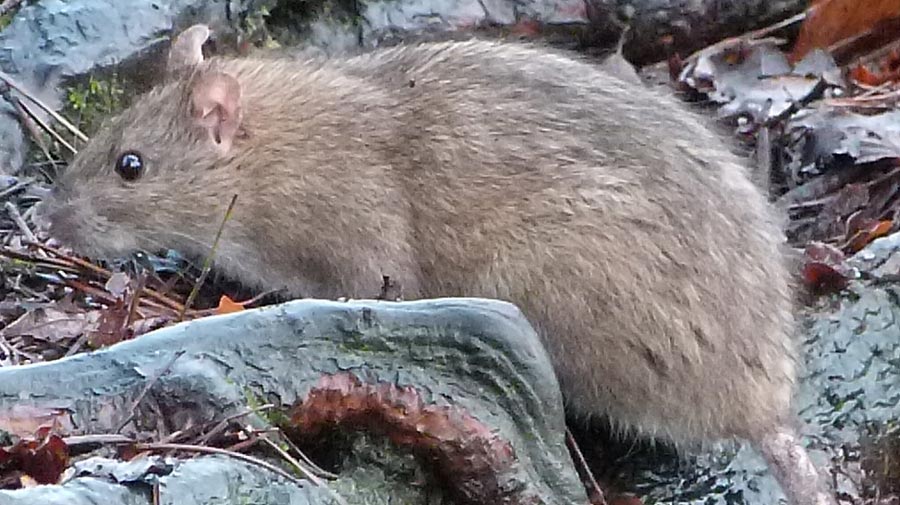 |
||
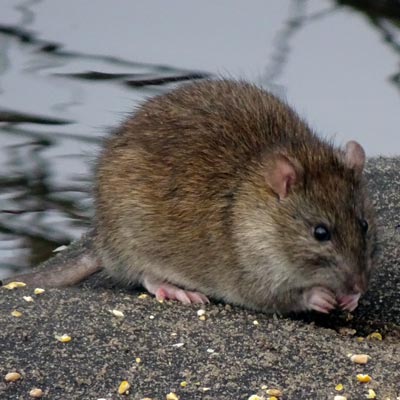 |
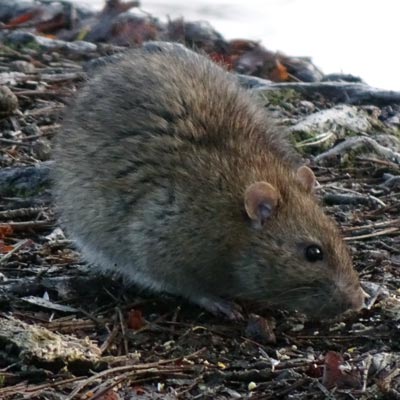 |
|
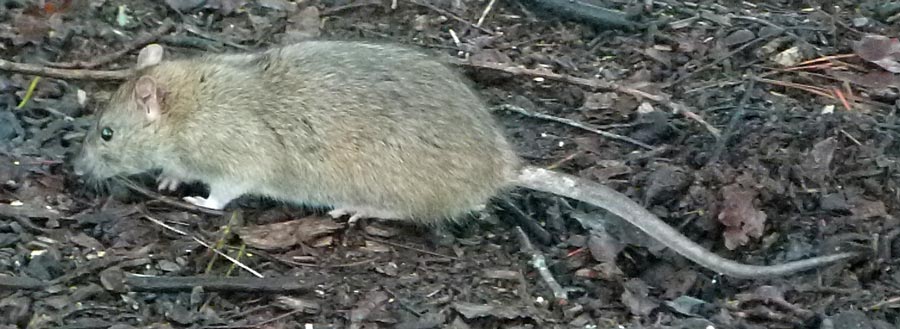 |
||
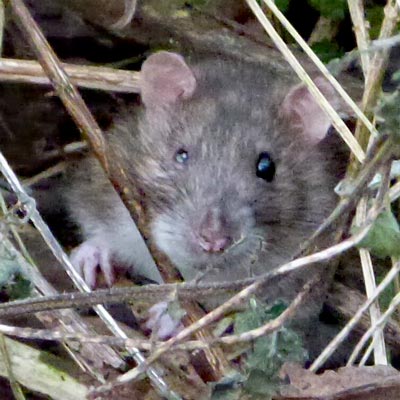 |
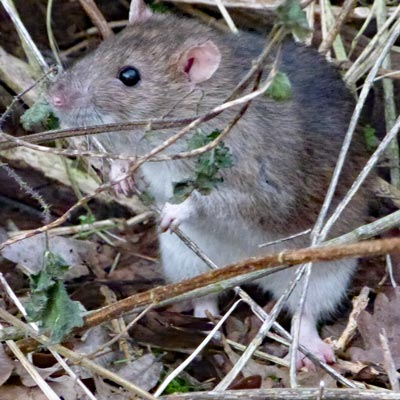 |
|
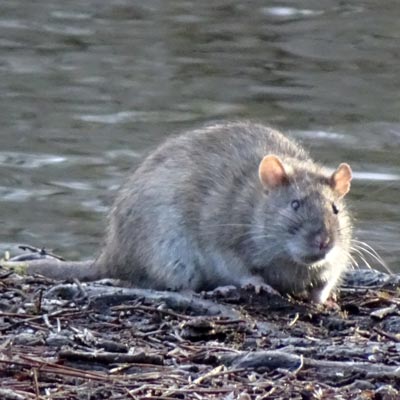 |
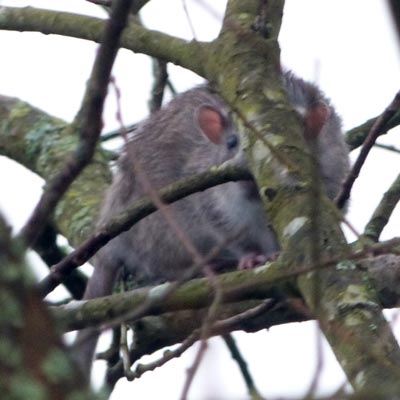 |
|
| Rats can climb trees... | ||
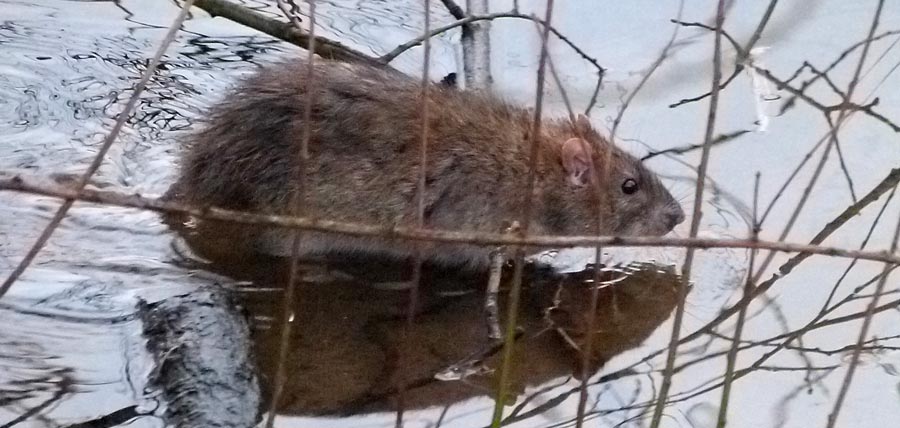 |
||
| ... and swim | ||
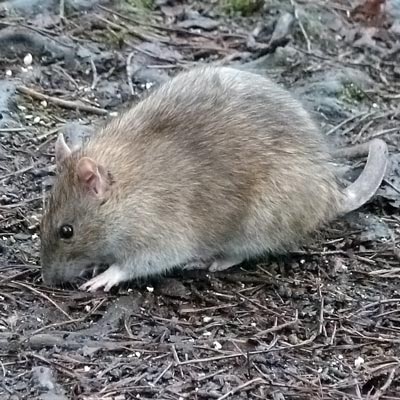 |
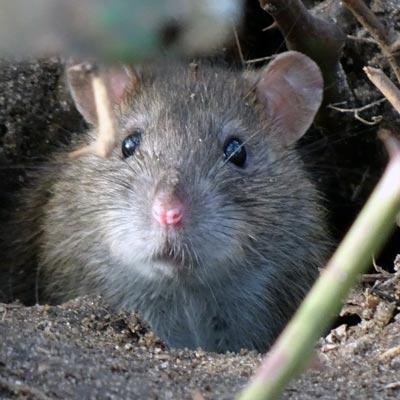 |
|
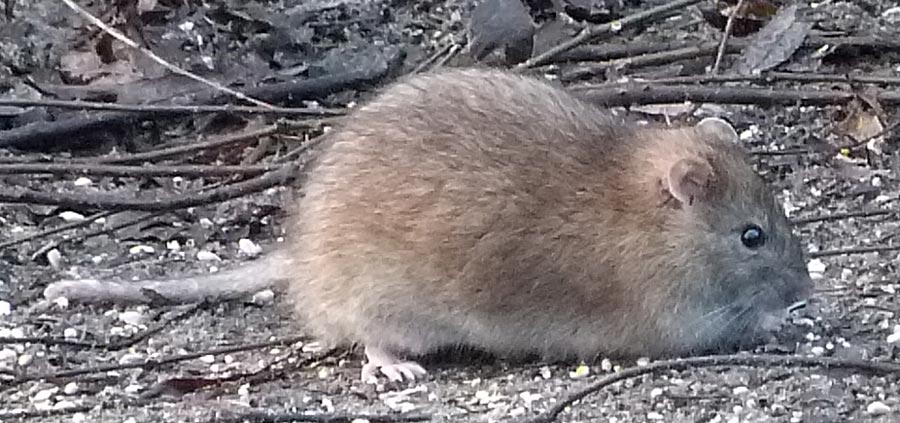 |
||
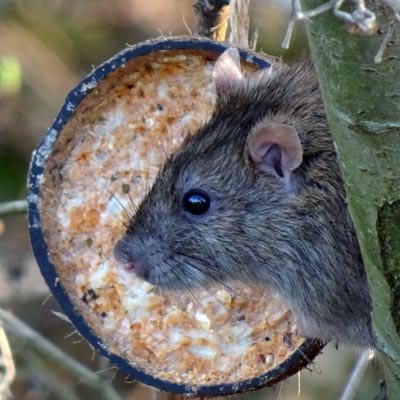 |
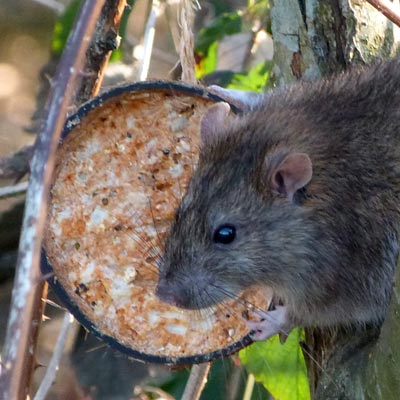 |
|
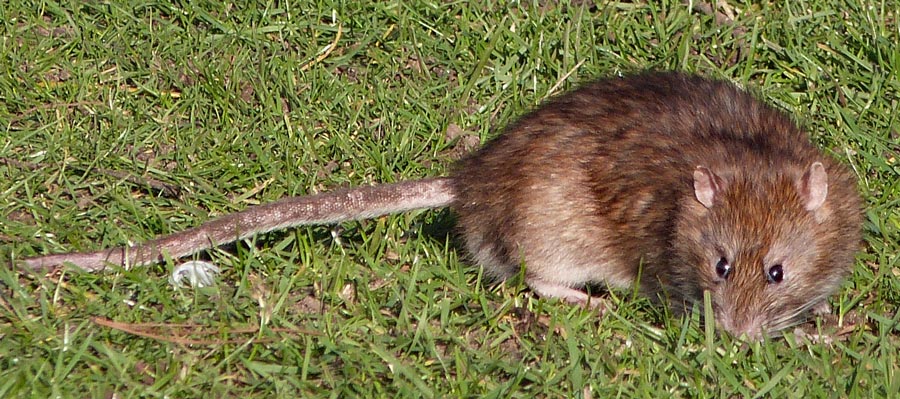 |
||
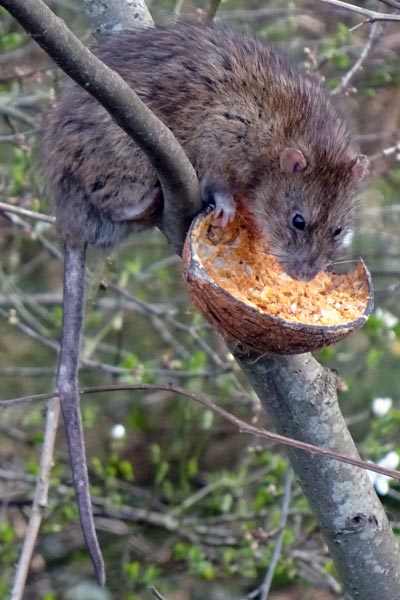 |
||
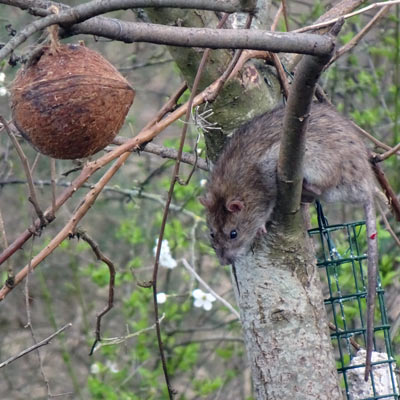 |
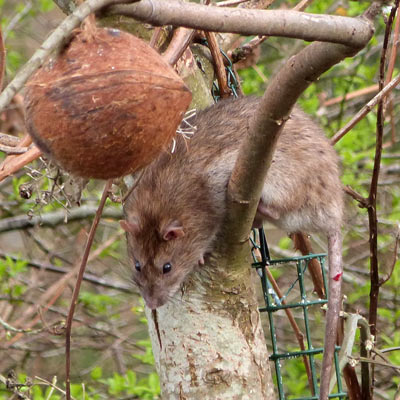 |
|
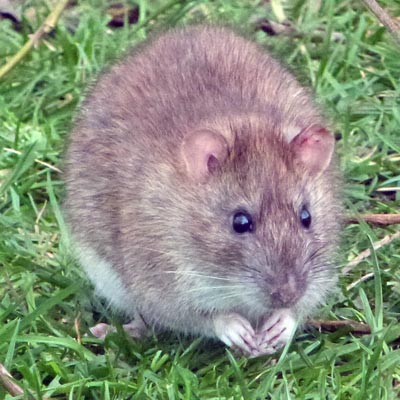 |
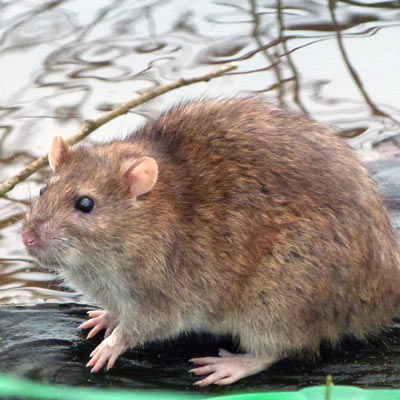 |
|
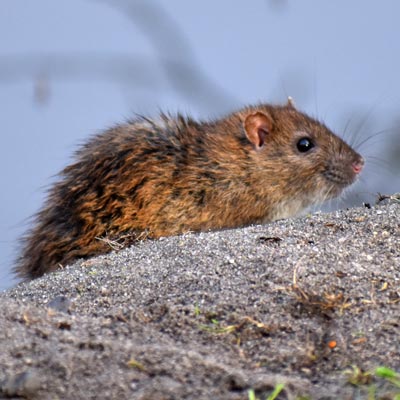 |
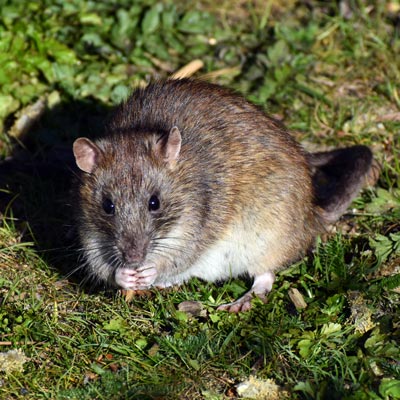 |
|
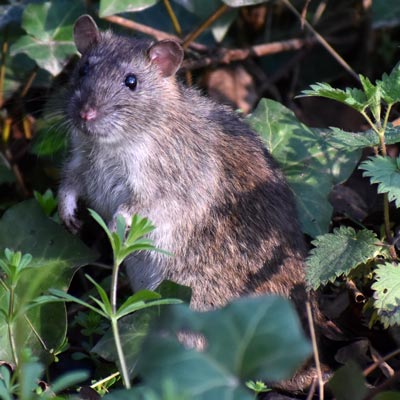 |
||
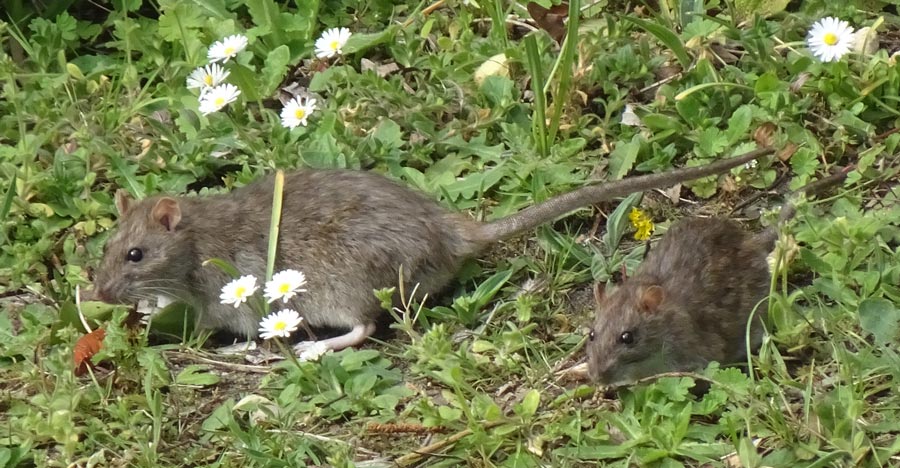 |
||
| Go to the top of this page | ||